Quick Hits
- Coming into their fourth year in Major League Soccer, FC Cincinnati had only ever finished last in the table. This year, though, they finished above the playoff line for the first time
- Here’s how FC Cincinnati went from a laughing stock to a dangerous playoff team
After their third year in Major League Soccer, FC Cincinnati had very little to show for their time in the United States’ top division. That is, except for their three Wooden Spoons, the award given to the team who finishes last in the MLS regular season.
Outside of their ability to host a soup-centric dinner party for three, things were not going well in the Queen City.
A few weeks before the end of last season, though, Cincinnati changed course,
hiring Philadelphia Union technical director Chris Albright as the club’s new general manager. Pat Noonan, Jim Curtin’s lead assistant, then joined as the team’s new head coach in December as the Orange and Blue looked towards 2022.
Albright cautioned fans about how difficult it is to rebuild a broken team. In February, Albright said, “We’re not going to be a finished product on Feb. 26. You can’t reset three Wooden Spoons in three months. You can’t.” He continued, “Again, I’m not gonna sit here and give some random number of transfer windows that it’s gonna take to fix either. Our fundamental job, for me, was to reset culture, find a staff, and address the roster.”
They may not be a finished product just yet, but less than 12 months later, FC Cincinnati are a playoff team and have lost just twice since the beginning of June.
Here’s how FC Cincinnati went from a laughing stock to a dangerous playoff team.
RAISING THE FLOOR
The mechanics of MLS’s various roster rules make it difficult to overhaul a roster in one or even a few transfer windows. At the conclusion of the 2021 season, Albright needed to improve the roster but didn’t have a ton of avenues to bring in new talent, at least not marquee signings. Much of the roster from the three-time Wooden Spoon winning team would be back.
With that 6-3 loss tonight #FCCincy clinched their third straight Wooden Spoon -- never been done before -- and are also sitting on a -102 goal differential, which as far as I can tell makes them the second team ever to be -100 or worse (Chivas all-time were -132).
— Matthew Doyle (@MattDoyle76) October 28, 2021
However, Albright brought something to the general manager role his predecessors didn’t have: experience with MLS’s roster rules and the wide variety of player acquisition methods.
Albright created more salary cap space by using Cincinnati’s roster buyout on midfielder Kamohelo Mokotjo. He bolstered the Orange and Blue’s backline depth by acquiring John Nelson in the re-entry draft and free agents Alec Kann and Alvas Powell signed to fill holes in goal and at right back. Kann’s addition seemed to be the most obvious upgrade as FCC’s goalkeepers had been the worst shot-stoppers in the league for three straight seasons. Kann had a solid record at both the MLS and USL levels and was a smart acquisition for a team that previously used multiple international slots on goalkeepers.
FCC also traded for Junior Moreno’s rights from DC United. Moreno wasn’t necessarily the biggest splash but, given the state of the midfield on the roster, he represented a more than marginal improvement.
With the growth of MLS academies, the SuperDraft isn’t the player acquisition route it used to be. However, multiple of Albright’s inaugural draft picks played MLS minutes in 2022. Roman Celentano, the No. 2 overall pick, is clearly the biggest success story, stepping in as the starting goalkeeper after an injury to Kann. Though Kann had been fine as a shot-stopper, Celentano made the job his own and finished the season 15th out of 27 keepers who played at least 15 90s in shot-stopping based on FBref’s post-shot expected goals metric.
Nice save from Roman Celentano in FC Cincinnati's game against Seattle last night #fccincy 🇺🇸🧤⚽️ pic.twitter.com/bXm6dWPjzG
— James Nalton (@JDNalton) September 28, 2022
Fellow first-rounder Ian Murphy has been an above-average center back as a rookie, playing more than 1,400 minutes.
Even without a major splash in the offseason, Albright added solid MLS contributors on reasonable contracts using nearly every avenue available to him. With a higher floor, Noonan and his coaching team had to get the most out of the newcomers and the holdovers from the previous regime.
GETTING THE MOST OUT OF INHERITED TALENT
Coming into 2022, the club already had two attacking Designated Players on the roster in forward Brenner and playmaker Luciano Acosta.
Acosta was frequently the only bright spot for the Orange and Blue in 2021 and, even though he scored 8 goals, Brenner’s debut campaign was a disappointment due to how much they spent to sign him from Brazil. Brandon Vazquez finished 2021 strong when he finally got his chance to play, but Cincy’s attack was a major question mark at the beginning of this year.
It’s not a question mark anymore.
Vazquez and Brenner have combined for 36 goals and are both in the top five in non-penalty expected goals (xG) per 90 minutes among qualifying MLS players. Acosta is credited with 19 assists by MLS and his 0.38 xA per 90 is tied for the league lead. Cincinnati are the only team in MLS with three qualified players contributing 0.60 non-penalty xG+xA per 90 minutes. How’s that for attacking firepower?
With four goals between them today, @fccincinnati's Brandon Vázquez (@Brvndonv) and Brenner (@09brenner) have become the first pair of teammates in @MLS history to each score at least 18 goals in a single season. pic.twitter.com/Y4TeggnAWy
— MLS Communications (@MLS_PR) October 9, 2022
Noonan’s willingness to put his trio of attackers in situations where they can be dangerous, often in moments of transition, has made FCC one of the deadliest attacking teams in the league. Their 60 goals and 55.0 xG rank fourth and fifth respectively in the league in 2022.
Now, while the attack is firing, building a competent defensive structure behind those attacking players proved to be more of a challenge. Though veterans Nick Hagglund and Geoff Cameron played well for stretches of 2022, Cincinnati needed more quality defenders. Albright used a large chunk of the sizable resources available to him to rectify that situation.
MAKING THE RIGHT SPLASHES
In the offseason, Albright preached patience on filling major roster holes.
A big need for Cincy was in defensive midfield. Moreno raised the floor but coming into the season, his central midfield partner was likely to be Yuya Kubo, a converted attacker.
“[Defensive midfield] is a position that we’re actively trying to address… and find the right person to be an anchor in the midfield for FC Cincinnati,” Albright said before the season. “Unfortunately, that doesn’t mean that that person is going to show up and be playing against Austin. That’s the nature of the business. When you get good players, those deals tend to be more difficult because there’s more competition… I’m actively working on solutions that we do see as the fit.”
Their patience was rewarded when Cincinnati signed Obinna Nwobodo as a Designated Player from Göztepe SK in the Turkish SüperLig back in May. Nwobodo’s range and ball-winning ability have changed how FC Cincinnati can play. He’s one of the most prolific pressers in MLS, ranking in the 98th percentile among MLS midfielders in pressures per 90 minutes this year, according to FBref. He’s also in the 98th percentile or higher in tackles and ball recoveries per 90.
Fortifying the midfield. 💪#FCCincy have acquired Obinna Nwobodo as Designated Player from @Goztepe.
— FC Cincinnati (@fccincinnati) April 13, 2022
With Nwobodo in the fold, center back became the next position in need of an upgrade. Albright had held onto the top spot in the Allocation Order throughout the season, trading down as other teams moved up to acquire players. In addition to being good business (FCC earned at least $350,000 in General Allocation Money by trading the slot three times), Albright finally used the spot, bringing Matt Miazga back to MLS.
Miazga’s arrival has been an instant upgrade to the Orange and Blue’s defense. Cincinnati are averaging 1.12 xG allowed in Miazga’s eight matches compared to 1.54 xG allowed before his debut. Miazga’s defensive soundness has also allowed Noonan to continue tinkering with his team’s overall approach.
ON-FIELD EVOLUTION
Noonan and Albright’s Philadelphia Union roots dominated the narrative around Cincy before the season. Would they try to replicate the Union’s 4-4-2 diamond even though the two teams’ rosters clearly had different strengths? Initially, the answer was yes. FC Cincinnati lined up in a 4-4-2 diamond in their first game of the season against Austin FC, resulting in a 5-0 loss.
5 - @AustinFC's 5-0 win over @FCCincinnati is the largest margin of victory in a season opening match in @MLS history. Green. pic.twitter.com/5ksFCFw7yO
— OptaJack⚽️ (@OptaJack) February 27, 2022
Noonan quickly adapted.
After experimenting with a 4-2-3-1, FCC moved to 3-4-1-2 and have used that shape in nearly every match since June. Lacking midfield depth, the extra center back provides defensive cover. By building a structure that prioritizes getting good players in dangerous positions rather than dogmatically adhering to a different formation, Noonan maximized the talent available in the squad.
There’s perhaps no better example of Noonan’s flexible approach than what’s happened at left wingback this year.
After an injury to Rónald Matarrita on international duty left the spot unsettled, the Orange and Blue cycled through a number of options at the position. Nelson has provided solid backup minutes but Álvaro Barreal has made the spot his own in the second half of the season. His transformation from a winger who often looked lost under Jaap Stam to an effective left wingback has given FCC another attacking option, either providing width or underlapping. Though Barreal’s defensive positioning can be a little suspect, Miazga’s placement on the left side of the three center back line provides cover for Barreal to push forward.
ON THE RIGHT PATH
In one season, Albright and Noonan have put FC Cincinnati on solid footing. Their key offensive pieces are under contract for at least two more seasons and the team will have more roster flexibility as contracts from the previous regime expire. Regardless of what happens in the postseason, Cincinnati’s turnaround has been remarkable.
With Albright and Noonan at the helm, FCC finally looks to be on the right path, the one leading away from the Wooden Spoon and towards some real trophies.


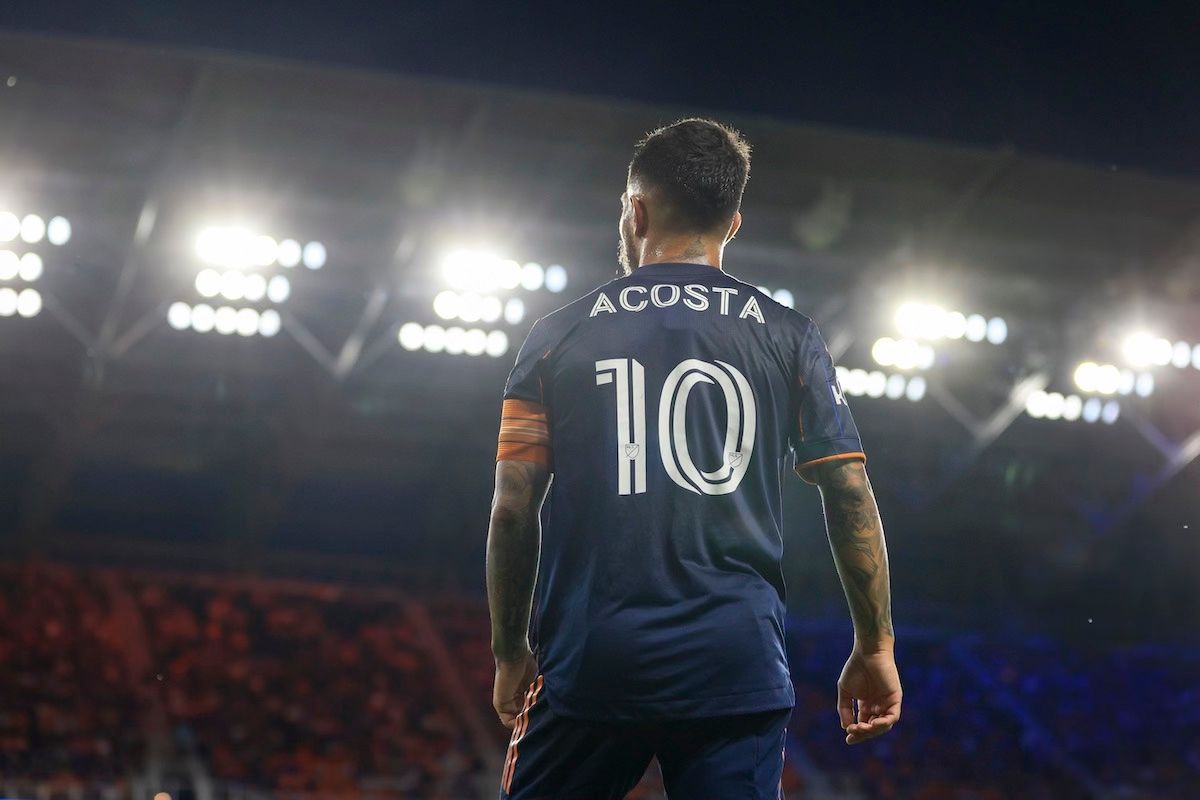
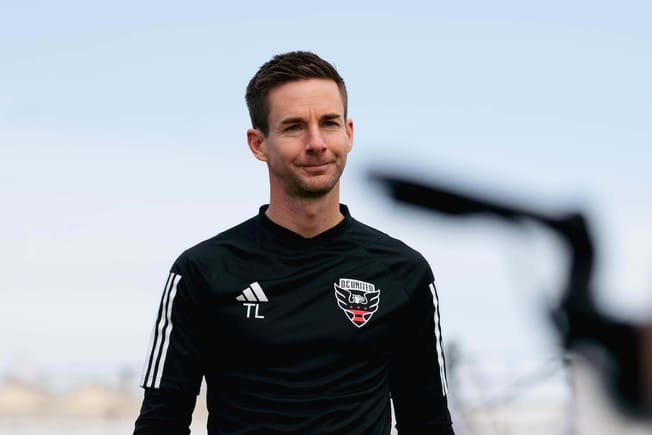
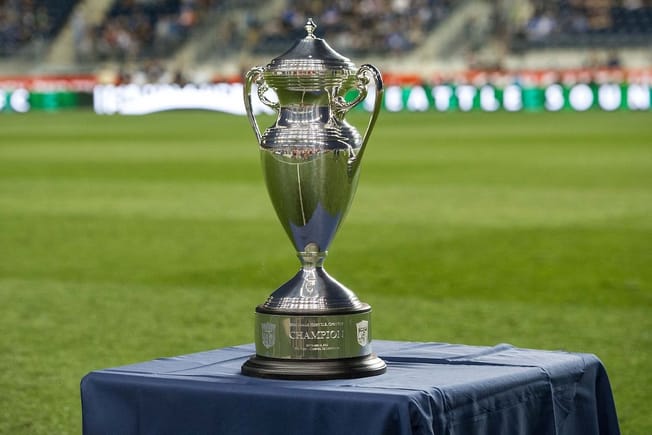
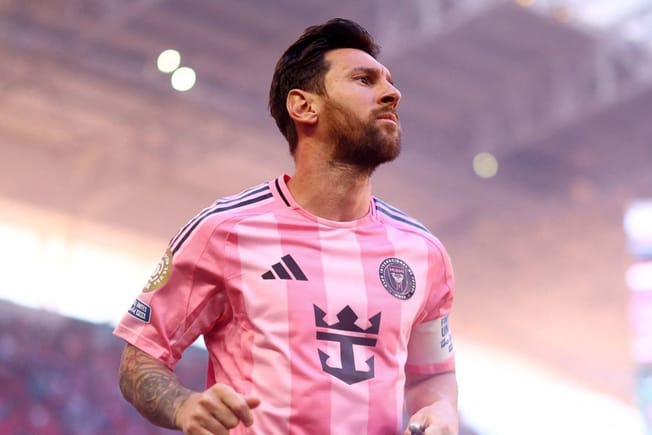
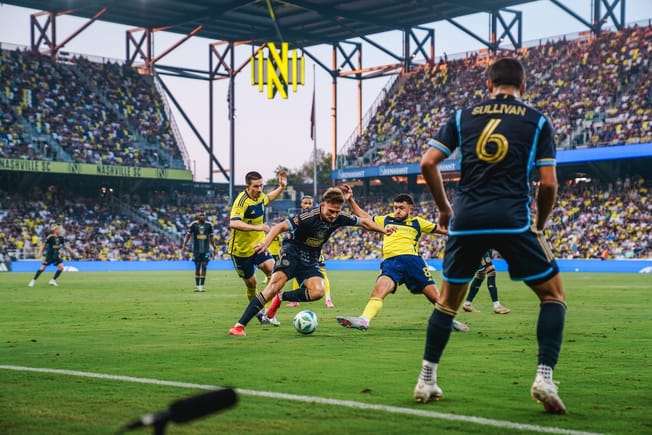
Comments